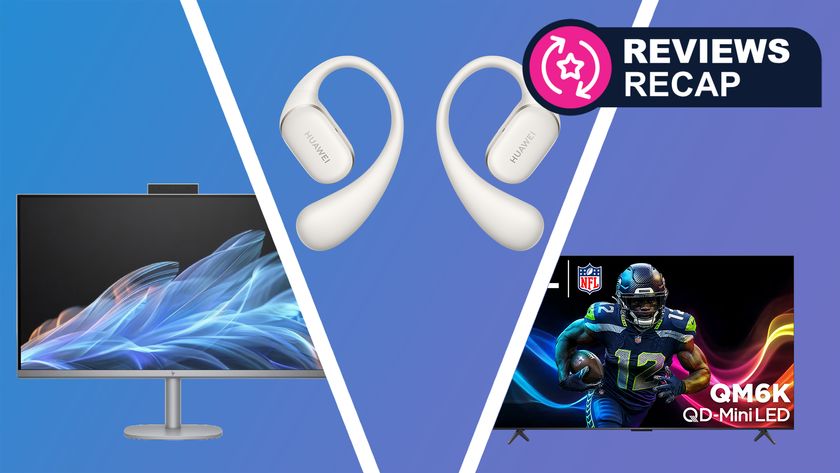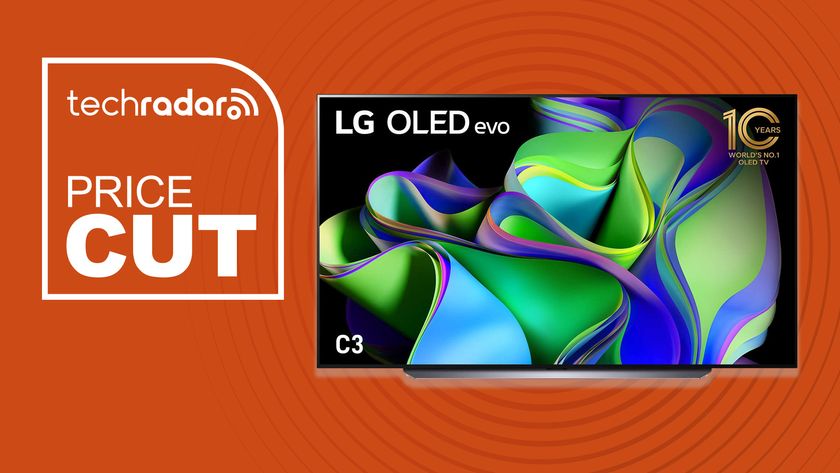When will fuel cells power the world?
Our guide to the latest fuel-cell technology
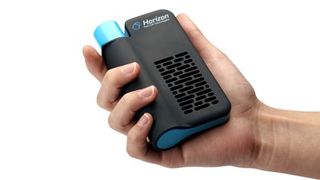
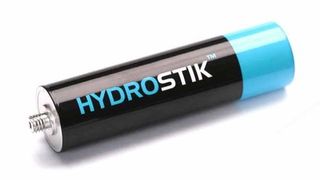
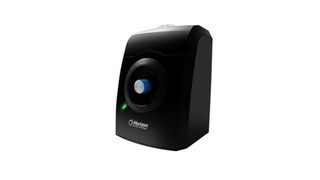
However, size is still an issue: the HYDROSTICK cartridges are about twice the length and diameter of a regular AA battery and the MiniPAK itself, which supplies power via a USB port, while similar in length and breadth to a smartphone, is nearly five times the thickness.
Cost wise, the MINIPAK retails at nearly £100, the HYDROSTICK cartridges at £25 and the HydroFILL charger an eye-watering £265!
That's a reasonable investment compared to disposable batteries, but heavy battery users tend to use rechargeable cells anyway.
What about Methanol?
An alternative to Hydrogen, and something that was seen in the first consumer fuel-cell prototypes, is Methanol.
Toshiba demonstrated a Methanol-powered laptop all the way back in 2006, but it was huge. By 2009 the Japanese company had managed to scale the technology down to a more usable size, officially announcing the Dynario in October 2009.
Even so, this was more of a charging station than something that would replace the built-in battery in your phone, but the technology looked promising.
SFC energy specialises in off-grid stationary power solutions but also specialises in producing DMFC power packs for military use.
Get daily insight, inspiration and deals in your inbox
Sign up for breaking news, reviews, opinion, top tech deals, and more.
The company has used its experience in this area to produce a DMFC for consumer use, the EFOY, although this is a power pack, rather than a battery replacement.
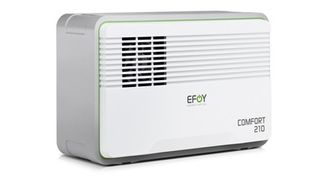
So, if SFC energy can produce power packs which are good enough for military use, why aren't we seeing the technology in our phones and gadgets?
One of the main problems is energy density. For the size of a Lithium-Ion battery, it is actually able to store and deliver a large amount of power.
Lithium-ion is also a solid stat technology: there are no moving parts.
DMFC Fuel cells normally contain pumps and other mechanisms that are difficult to miniaturise, while the power demands of smart phones are increasing faster than the increases in power density of DMFCs.
However, MTI has developed a newer DMFC which does away with the need for some of the fuel pumps and uses 100 per cent pure Methanol.
Most DMFCs use diluted Methanol, with a concentration as low as two per cent.
The net effect of MTI's development is a much higher energy density, as well as making the technology more suited to miniaturisation.
However, the fuel cell is still in development and testing. While the company envisages being able to produce a fuel cell that can act as a direct replacement for a Li-ion battery, it has no stated timescale for bringing a product to market.
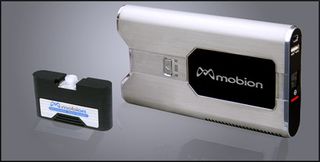
As Chief Engineer Montgomery Scott was fond of saying, you cannae change the laws of physics.
While both Hydrogen- and Methanol-based fuel cells are proven technology in static environments, scaling the cells down to be a direct replacement for rechargeable batteries simply isn't feasible, based on current research.
So, for the foreseeable future at least, you'll still need to rely on a wall charger to keep your gadgets charged.

